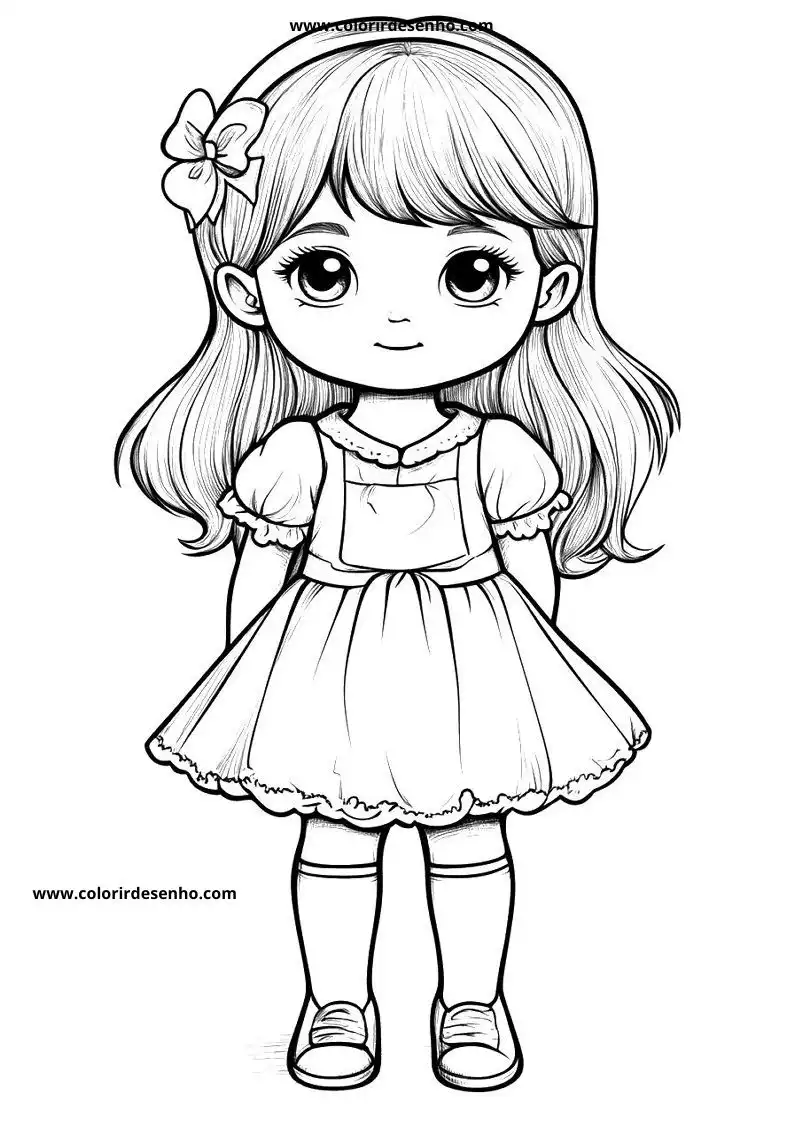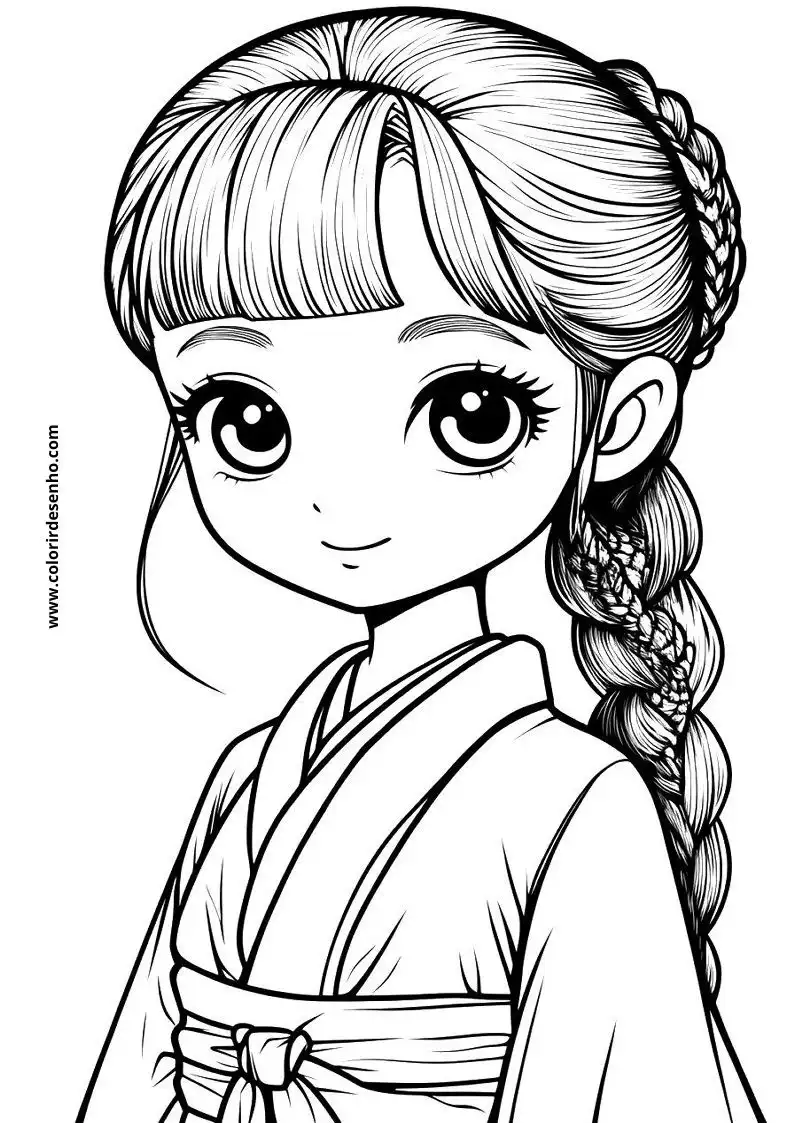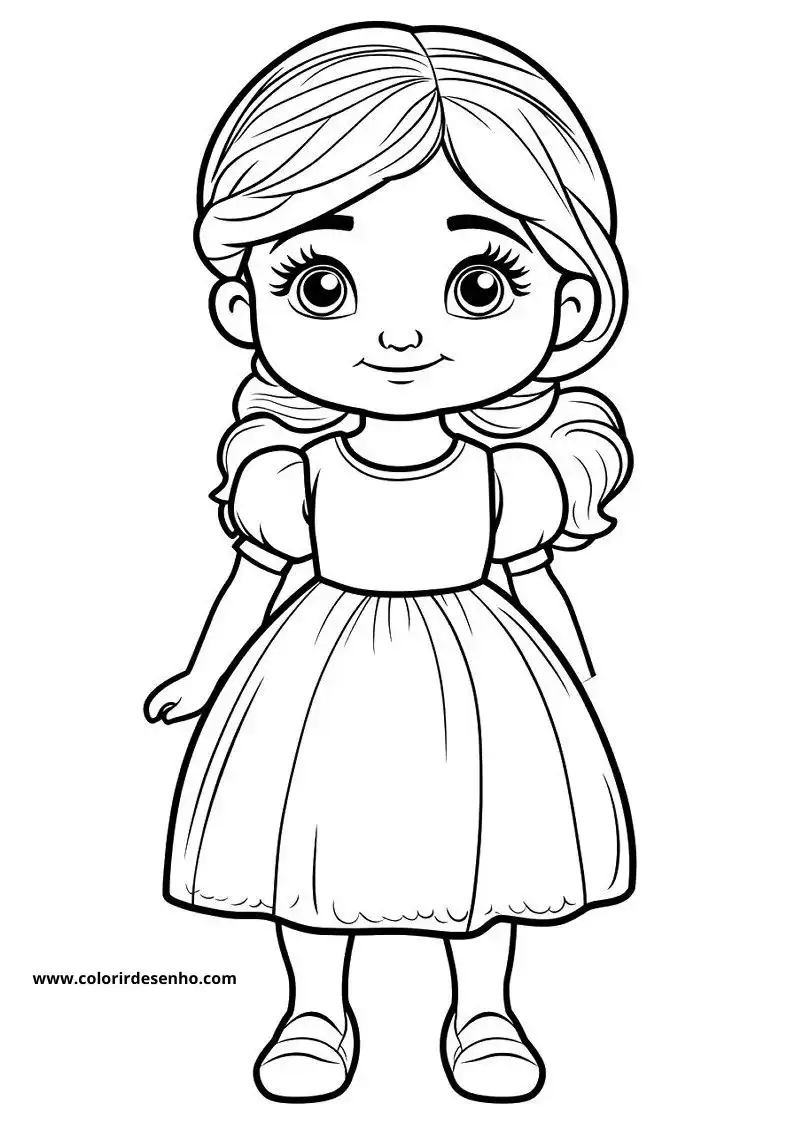Bring Joy with 221 Doll Coloring Pages in Printable PDF - Perfect for Creative Playtime!
Dolls have always been part of children’s imaginations, each with their own unique way and stories that spring to mind. That’s why I’ve lovingly prepared this selection of 221 doll coloring pages, full of different styles, expressions and outfits, ready to come to life in whatever colors you can imagine. It’s a delicate and fun way to stimulate creativity, relive memories and create new ones, all with paper, colored pencils and a lot of imagination involved.
Did you know that dolls are among the oldest toys in human history? Archeologists have discovered dolls made from clay, wood, and fabric dating back thousands of years from Ancient Egypt to early Greek and Roman civilizations. These early dolls weren’t just toys; they often held cultural, religious, or even magical significance. Some were used in rituals, while others were crafted to reflect beauty standards of the time or serve as teaching tools for young girls.
Fast forward to today, dolls come in all shapes, sizes, and personalities. From classic rag dolls to fashion dolls and even action figures, they allow kids to express emotions, build social skills, and create their own little worlds through storytelling. In fact, psychologists believe that playing with dolls helps children practice empathy, communication, and role-playing, which are all essential for emotional development.
When it comes to coloring, dolls offer endless possibilities. Each drawing becomes a personal project what will her dress look like? Should she wear a crown or sneakers? It’s a chance to play with color combinations, patterns, and style. Some children might even get inspired to design their own doll clothes in real life!
So whether you’re reliving childhood memories or watching your little one imagine new adventures, coloring these doll pages is more than just an activity it’s an open door to creativity, storytelling, and joy.































































































































































































































![Read more about the article Man Coloring Pages [184 Free PDF Printables]](https://colorirdesenho.com/wp-content/uploads/2024/10/Man-Coloring-Pages.webp)

